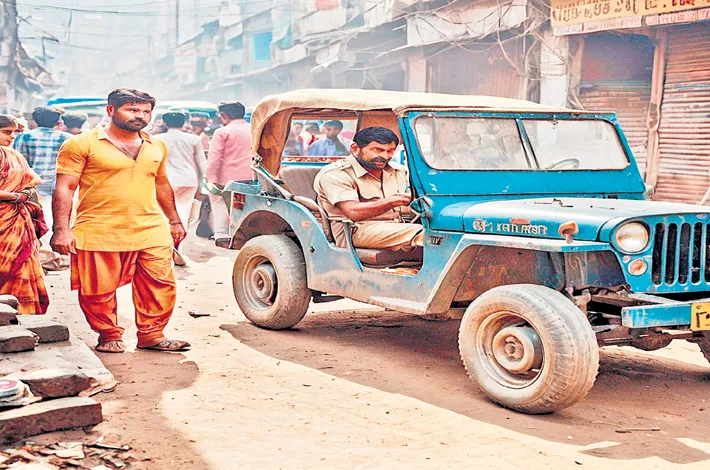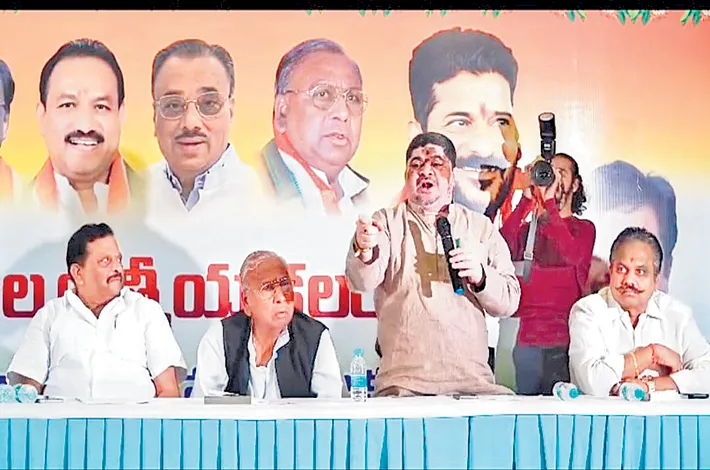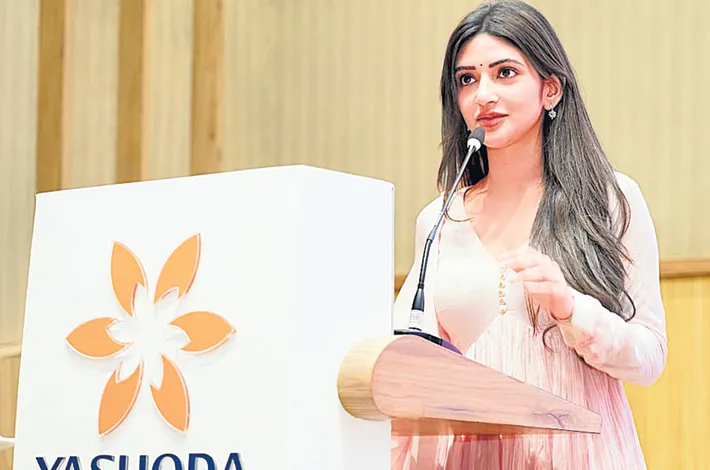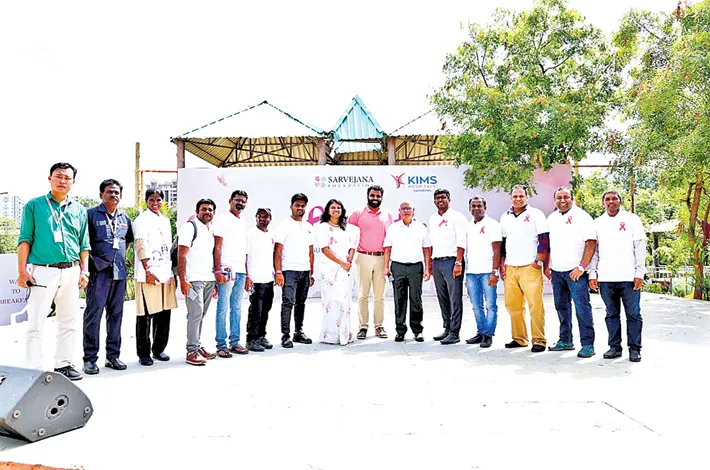The Red Thread of Gorakhpur
08-07-2025 12:00:00 AM

In the humid haze of Gorakhpur’s July, where the Rapti River’s sluggish flow mirrored the city’s restless pulse, Inspector Vikram Singh paced the cramped office of the Kotwali police station. His khaki uniform clung to his skin, damp with sweat, as he stared at the photograph pinned to the corkboard: a young woman, barely twenty, her lifeless eyes gazing into nothingness. Her name was Anjali Yadav, a college student found strangled in an alley behind the bustling Golghar market two nights ago. A single red thread, knotted tightly around her wrist, was the only clue left at the scene.
Vikram, a wiry man in his late thirties with a scar across his left eyebrow from a case gone wrong, had seen his share of murders in Gorakhpur. But something about this one gnawed at him. The thread wasn’t random—it was deliberate, almost ritualistic. He’d seen it before, years ago, in a case that still haunted his dreams. Three women, all strangled, all with red threads tied to their wrists. The killer was never caught, and the case went cold. Now, it seemed, he was back.
The station’s phone rang, jarring Vikram from his thoughts. It was Sub-Inspector Meena Sharma, his sharp-witted partner, calling from the crime scene. “Sir, you need to see this,” she said, her voice tense. “There’s another body. Same alley. Same thread.”
Vikram grabbed his jeep keys and sped through Gorakhpur’s chaotic streets, weaving past rickshaws and vegetable carts. The city was a labyrinth of contradictions—ancient temples alongside garish neon signs, devotion tangled with desperation. The alley behind Golghar reeked of rotting fruit and diesel. Meena stood near a tarp-covered body, her face grim. The victim was another young woman, Priya Gupta, a tailor’s apprentice. Like Anjali, she’d been strangled, a red thread knotted around her wrist.
“Two in three days,” Meena said, brushing a strand of hair from her face. “He’s escalating.”
Vikram crouched beside the body, studying the thread. It was coarse, dyed a deep crimson, the kind used in religious ceremonies. “This isn’t just a signature,” he muttered. “It’s a message.”
Back at the station, Vikram and Meena pored over the old case files. The previous murders, from 2018, followed the same pattern: young women, strangled, red threads. The victims had no apparent connection—different castes, different neighborhoods. But Vikram’s gut told him the killer wasn’t choosing randomly. He was hunting.
A tip came in that evening from a chai stall owner near Golghar. He’d seen a man lingering in the alley the night Anjali died—tall, gaunt, wearing a faded kurta. The description was vague, but it was all they had. Vikram and Meena canvassed the market, showing Priya’s photo to vendors and shopkeepers. Most shook their heads, but a fruit seller hesitated, his eyes darting nervously. “I saw her,” he admitted. “She was arguing with someone near the temple last week. Couldn’t see his face, but he had a limp.”
Anjali’s roommate revealed she’d been secretive lately, sneaking out at night to meet someone. Priya’s employer mentioned she’d been saving money to leave Gorakhpur, hinting at a boyfriend no one had met. Vikram’s mind raced. A lover? A stalker? The red thread tied them together, but how?
Meena called from the temple. “I found something,” she said. “A priest here, Pandit Ramesh, was disciplined last year for inappropriate behavior with female devotees. He’s tall, walks with a limp from an old injury. And get this—he handles the thread ceremonies.”
A search of Ramesh’s quarters turned up nothing—no threads, no weapons. But Vikram noticed a faint scar on the priest’s hand, like a burn from a rope. It wasn’t enough for an arrest, but it was enough to keep him on edge. That night, Vikram couldn’t sleep. The killer was taunting him, leaving bodies like breadcrumbs.
The next morning, a third victim was found—Kavita Mishra, a nurse, dumped in the same alley. The red thread was tighter this time, cutting into her skin. Vikram’s frustration boiled over. He returned to the temple, watching Ramesh from a distance. The priest moved with purpose, handing out threads, his limp barely noticeable now. Was he adapting, masking his tells?
Meena uncovered a lead: all three victims had visited a local NGO helping women escape abusive relationships. The NGO’s counselor, a soft-spoken woman named Sunita, mentioned a man who’d been harassing her clients—a tall figure who loitered outside, never showing his face. Vikram’s instincts screamed: Ramesh.
He set a trap. Meena posed as a vulnerable woman at the NGO, wearing a wire. Vikram waited in an unmarked jeep, his revolver heavy in its holster. Hours passed. Then, just past midnight, a figure approached Meena in the alley. Tall, limping, a red thread dangling from his hand. Vikram’s radio crackled with Meena’s voice: “It’s him.”
Vikram lunged from the jeep, tackling the man. It was Ramesh, his face twisted with rage. He fought like a cornered animal, but Vikram pinned him down. In his pocket was a coil of red thread and a garrote wire. At the station, Ramesh broke under interrogation. He ranted about “purifying” women who strayed from tradition, his obsession rooted in a warped sense of divinity. The threads, he claimed, were to “bind their souls.”
As Ramesh was led away in cuffs, Vikram stood in the alley, the red thread from the evidence bag in his hand. The city hummed around him—chaotic, alive, unbroken. He’d stopped the killer, but the weight of those lost lingered. Gorakhpur would keep its secrets, but for now, one less demon walked its streets.








